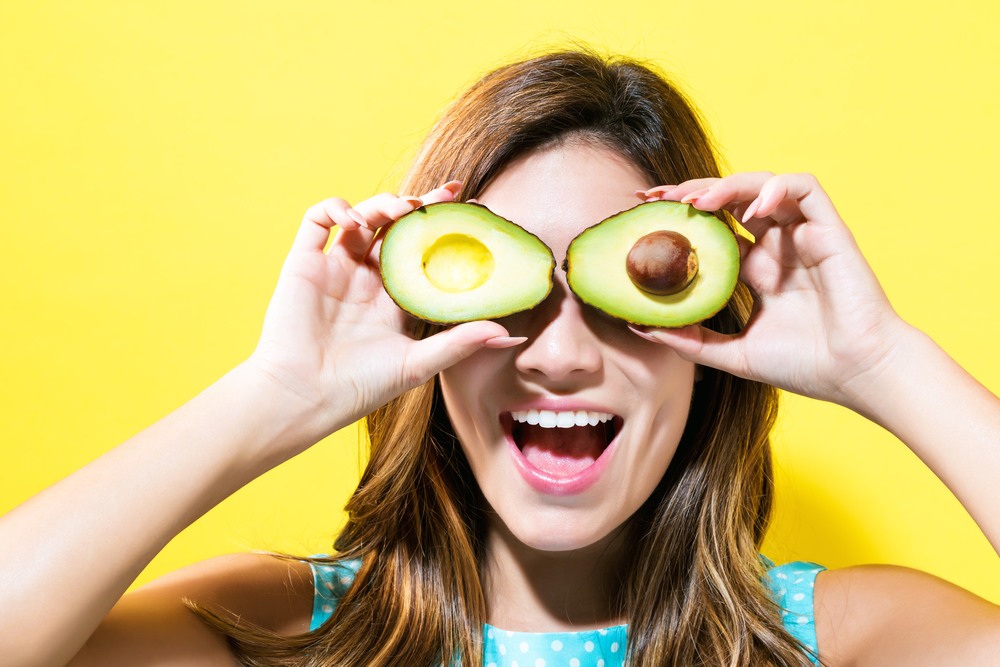
Potassium-rich foods come in handy at times when you feel tired and run down. Do you often, especially in the summer, experience an unpleasant feeling of drowsiness and muscle weakness? It could depend on a potassium deficiency, because it is one of the most important mineral salts for your body.
This is why it is essential that your diet always includes foods rich in potassium. Even more in the summer, when the need for this mineral is stronger, because the heat makes you sweat and you lose a greater quantity with liquids.
If you’ve ever had cramps in the gym you probably know that the most common remedy is to “eat a banana”. Let’s immediately dispel a false myth: even if it is the most famous fruit for its potassium content (350 mg per 100 g), the banana is not the food that contains the most!
Conversely, there are plenty of other foods with higher potassium than a banana.
Potassium: what it is and what it is for
Potassium is an essential mineral salt for your well-being. But what is potassium really good for?
With a diet that includes foods rich in potassium, you guarantee water balance in your body, therefore good diuresis, blood pressure control, nerve impulse transmission and muscle fiber contraction.
There are many functions of potassium which are fundamental for our body.
- Potassium helps the good functionality of muscle contraction: it is essential, for example, for sportsmen. This regulatory function also applies to the heart muscle.
- Collaborates in the regulation of fluids and minerals both inside and outside the cells. Water retention, for example, is a complex condition at the base of which, however, is an imbalance between the amount of potassium found inside the cells and the amount of sodium present in the interstitial fluid, which circulates outside the cells .
- Helps maintain normal blood pressure by limiting the effects of sodium. This is particularly true for those suffering from high blood pressure, a problem that can find a valid ally in potassium.
- It reduces the risk of kidney stones and the possibility of bone loss, which occurs as a result of aging.
- Boost your brain and help memory by making your mind faster and more active.
If you are interested in the topic, discover our in-depth analysis on potassium.
How much potassium each day?
Your body’s daily potassium requirement is 3 grams for adults, while for pregnant or breastfeeding women it is up to 5 grams per day.
In general, a balanced diet should include a higher intake of potassium than sodium, because the former facilitates the elimination of the latter, keeping blood pressure under control.
That is why it is important to know which foods are rich in potassium.
The list of foods richest in potassium
Remember that foods of plant origin, being rich in fibre, are less assimilable than foods of animal origin.
However, fibers are essential for the correct functioning of the intestine and therefore for the expulsion of “waste”. So it abounds above all with seasonal fruit, vegetables and legumes, not only for their potassium content.
Below is a list of foods that are a real potassium mine, to keep in mind if you think you have a potassium deficiency.
All quantities refer to 100 grams of product.
Discover in the PDF, the complete list of foods rich in potassium.
Potassium and magnesium: allies against cramps and tiredness
Potassium and magnesium are two elements that form complementary salts, so when you have one, the other is usually deficient. Foods that have more potassium also have less magnesium.
The following foods are all richer in potassium but equally have low levels of magnesium.
- Dried fruits, especially if toasted.
- Legumes (especially dried, when soaked and cooked part of these salts dissolve in water and are lost).
- Bran (wheat and not only).
A lack of dietary magnesium could cause asthenia but it is very difficult to run into this risk because with a moderately balanced diet, it is possible to fully satisfy the need for this micronutrient.
A diet rich in these two elements ensures you the right amount of energy and fights fatigue.
In fact, a magnesium and potassium deficiency can be one of the triggers of:
- Heachache.
- Muscle cramps.
- Tiredness.
- Bad mood.
If you are interested in the topic, discover our in-depth analysis on mineral salts: what they are, what they are for and rich foods.
Low potassium, what happens to your body
Potassium is eliminated from the body through sweat, urine and faeces. It goes without saying that excessive sweating or episodes of dysentery can create situations of deficiency.
For example, low potassium comes with several fairly recognizable symptoms, such as:
- Muscle cramps and abnormal contractions.
- Feeling of exhaustion and constant tiredness.
- Heart ailments.
- Irritability and mental confusion.
- Widespread drowsiness.
So, if you have one or more of these symptoms, the best advice is to talk to your doctor, who will prescribe blood tests and, in case of deficiency, evaluate the need for supplementation.
